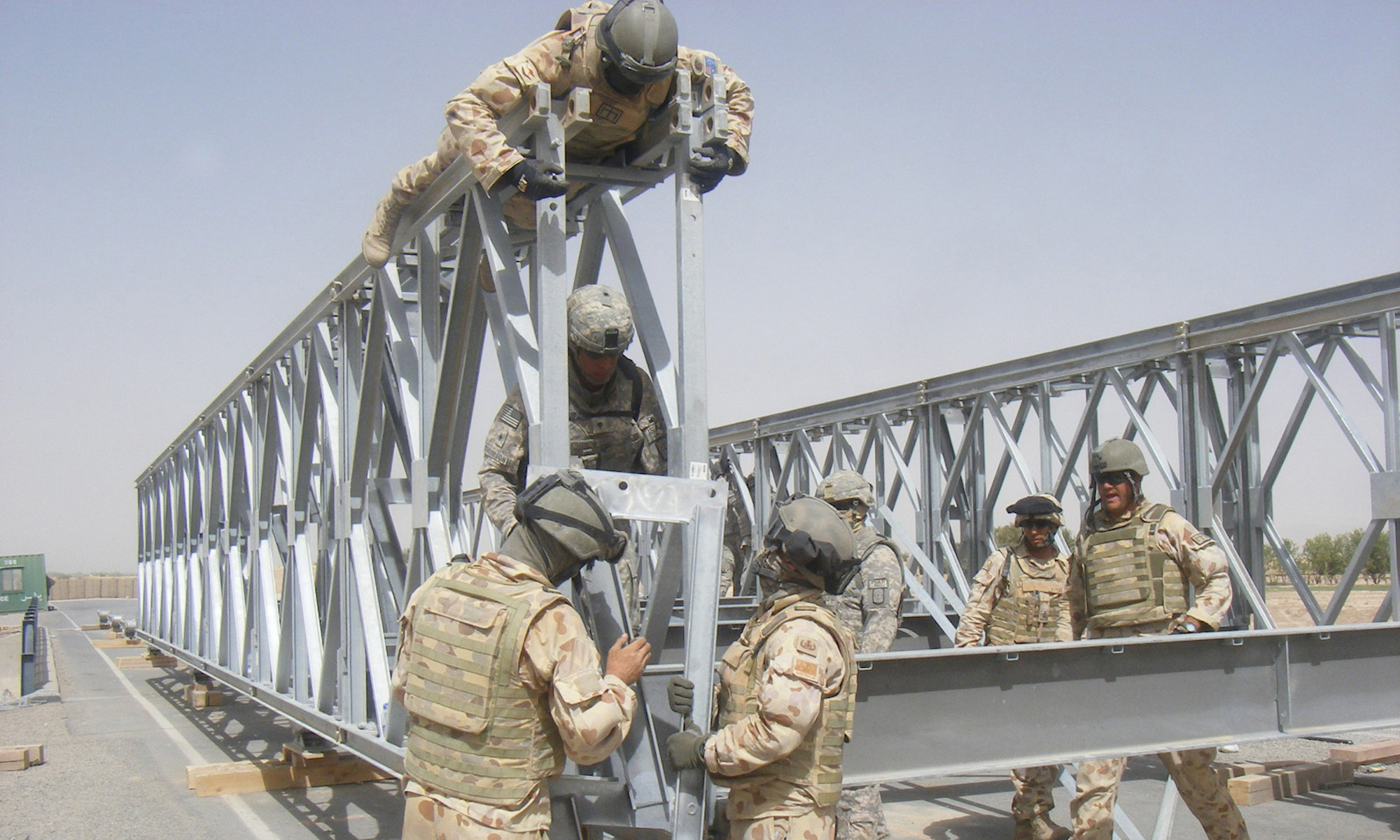The ICTY and Reconciliation in Croatia. A Case Study of Vukovar
Religious Peace-building in South Africa: From Potential to Practic
Situated in the far northeastern corner of Bosnia and Herzegovina, Brcko District is widely heralded as a successful multi-ethnic society. Such portrayals are typically “top down” and centred on institutions, yet it cannot be assumed that multi-ethnicity at the institutional level necessarily translates into everyday relations between Brcko’s ethnic groups. Based on qualitative interview data, this article explores Brcko from the “bottom up”, through a focus on inter-ethnic relations in everyday life. Its central argument is that viewing Brcko through this additional lens not only raises important questions about the District’s image as a success story but also, and more broadly, has significant implications in highlighting the limitations of liberal peacebuilding and the importance of “peacebuilding from below”.
The Limits of Retributive Justice: Findings of an Empirical Study in Bosnia and Hercegovina
From Negative to Positive Peace: The Case of Bosnia and Hercegovina
This article, which is grounded in qualitative interview data, takes as its starting point the contention that war crimes tribunals can aid reconciliation, and more specifically the claim made by the International Criminal Tribunal for the former Yugoslavia (ICTY) that its work is contributing to reconciliation in the region. Focusing on Bosnia and Hercegovina (BiH), the first question that it seeks to answer is not whether the ICTY has positively impacted on reconciliation, but rather the more immediate question of whether reconciliation actually exists in BiH. Defining reconciliation as the restoration and repair of relationships and as the acknowledgement of war crimes and responsibility, it argues that there is no reconciliation in present-day BiH. There is only negative peace an absence of conflict. The second crucial question that this article explores, therefore, is whether and how this negative peace can be developed into positive peace characterized by reconciliation. Emphasizing two critical obstacles to any reconciliation process in BiH, namely insufficient contact between interethnic groups and the existence of denial and competing truths, it identifies three important measures to address these. These are the abolition of the divisive ‘two schools under one roof’ education system, the replacement of the Dayton Peace Accords (DPA) with a constitutional structure that encourages interethnic contact rather than separation, and the creation of a truth and reconciliation commission (TRC). On the issue of whether the ICTY can itself contribute to reconciliation in BiH, the article concludes that while retributive justice is an important mechanism in postconflict societies, the difficulties and challenges that the ICTY faces in BiH underscore the limitations of criminal trials and the imperative of a multifaceted approach to reconciliation combining different transitional justice elements.
